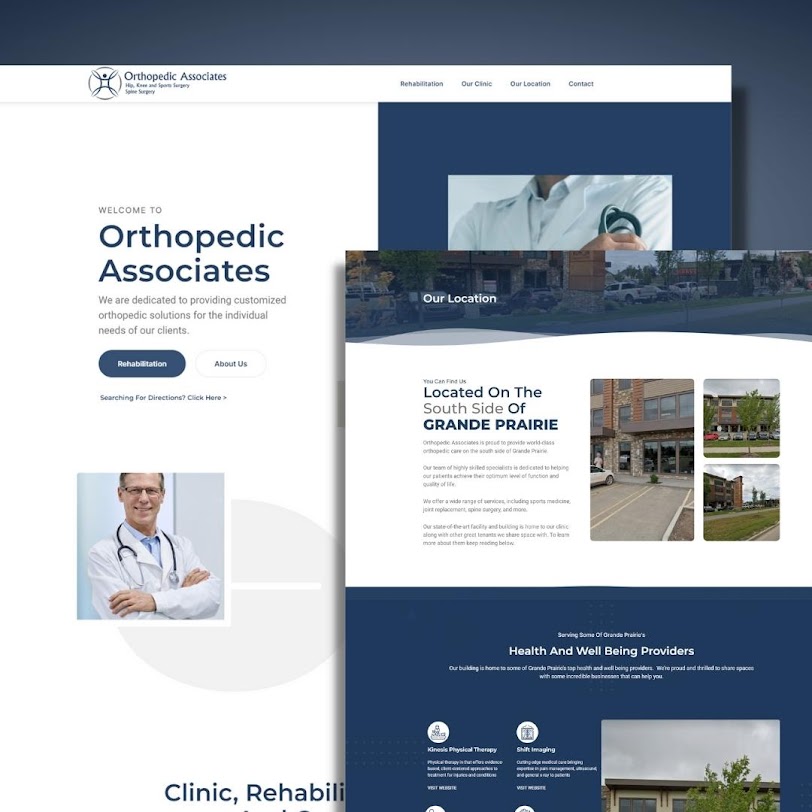adaptive web design
In 2022, web design trends will be focused on creating user experiences that are simple, intuitive, and interactive. Web designers will focus on using visual elements to create captivating and easy-to-navigate websites that provide an immersive experience for users. Designers will also strive to make their designs device independent by using a responsive approach so that their designs look great on any screen size. Additionally, they will use modern tools such as HTML5 and CSS3 to build powerful content management systems (CMSs) that allow their clients to easily update and manage their websites. The latest advancements in Artificial Intelligence (AI) and Machine Learning (ML) technologies will also be employed by web designers to create dynamic websites with features like personalized recommendations for visitors based on user behavior data. Furthermore, more emphasis will be placed on creating secure websites with features such as two-factor authentication (2FA) to protect sensitive information from unauthorized access. Lastly, with the rise of mobile devices, web designers will have to ensure their designs are optimized for these devices through features such as faster loading times and touch-friendly interface elements. In conclusion, 2022 is sure to bring forth exciting new web design trends that make use of the latest technologies and offer a better experience for end users.
In 2022, web design will continue to be an ever-evolving field. As technology advances, designers will face the challenge of creating sites that are both aesthetically pleasing and functional. We can expect to see a greater focus on mobile responsiveness, as well as more interactive elements such as chatbots and other forms of AI-driven experiences. Designers are also likely to utilize advanced animation techniques in order to create captivating visuals for their websites, which could range from subtle interactions with UI elements to fully 3D experiences. Additionally, storytelling trends are also likely to become more prominent, allowing companies to create engaging content that resonates with their audience. Trends in web accessibility are also set to become even more important than ever before, as designers strive for websites that can be used by people with disabilities or those living in regions with limited access to the web. Overall, the future of web design looks very exciting and designers should look forward to the innovative trends they'll have at their disposal in 2022!
